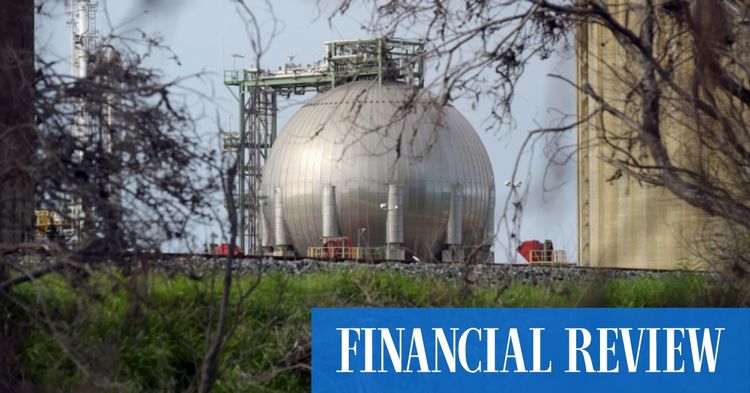Wesfarmers wages gas supply war on Woodside

She stated that the government at the state level can ensure there is enough domestic gas in the future by implementing steady policies and regulations that support the timely creation of new energy sources.
Previous agreements offered leeway by mandating that 15 percent of LNG export quantities be supplied to the local market throughout the duration of a project. However, more recent deals demand that this 15 percent allocation remains consistent throughout the entire lifespan of the project. This flexibility granted LNG producers the opportunity to maximize their profits during periods of high export prices by delaying deliveries to the Western Australian market.
However, Woodside revealed that the average price they received in the Western Australian market for the period of three months ending on June 30 was $6.10 per gigajoule. In contrast, the average price on the east coast was $12.60 per gigajoule.
Wesfarmers expressed concerns about certain liquefied natural gas (LNG) producers failing to fulfill their obligations to supply the domestic market, as highlighted in the submission from the leader of industrials and chemicals, Ian Hansen. They specifically mentioned Woodside's Pluto project falling significantly behind on its commitments to provide domestic gas.
Wesfarmers ranks as the fifth biggest user of natural gas in Western Australia. They utilize this gas as raw material for their manufacturing activities in Kwinana, which in turn provides essential inputs to various businesses in the state.
According to Mr. Hansen, Wesfarmers' long-term investments in manufacturing within Western Australia, which amount to approximately $2.4 billion to $2.6 billion in lithium mining and downstream refining in collaboration with SQM, rely on the availability of affordable and consistent gas supply.
Wesfarmers is advocating for increased market intervention by urging for immediate changes to the reservation policy.
Mr. Hansen stated in his submission that WesCEF is concerned that certain suppliers might be intentionally prolonging the progress of new gas fields, aiming to obtain more favorable profits when the price of gas increases in the foreseeable future.
Woodside recognized that it had a responsibility to provide gas to the local market from its Pluto facility according to a deal made in 2006. However, the abundance of nitrogen in the gas limited the possibility of producing substantial amounts of gas for domestic use on a commercial scale at the site.
According to a representative from Woodside, they have successfully set up two gas projects known as Pluto within the country. As a result, they are now providing natural gas to customers in Western Australia.
Mark Hatfield, the managing director of Chevron Australia, has urged the government of Western Australia to maintain its existing policy of reserving certain resources for investment stability. Chevron has emphasized its increased efforts to fulfill its obligation to supply domestic gas from the North-West Shelf.
The American oil and gas industry leader commenced a notable escalation in the quantities supplied to the Western Australia market and aimed to maintain this upward trend until the year 2026.
According to Mineral Resources' CEO, Chris Ellison, the exportation of gas from onshore gas projects in the Perth Basin is hindering the company's ability to develop its gas discoveries quickly and on a large scale. He stated that by being able to sell some of the gas as liquefied natural gas (LNG), it would provide extra revenue and improve the financial viability of the project, allowing them to develop their assets at a faster pace and with a higher capacity.
MinRes desires a 15 percent provision directive for projects undertaken on land, which corresponds to the policy already existing for producers of liquefied natural gas (LNG) located offshore.
WA, a region that lacks coal resources but boasts an abundance of LNG, heavily depends on gas. It consumes nearly the same amount of gas annually as Queensland, NSW, and Victoria combined.









































